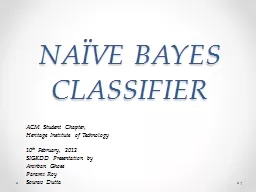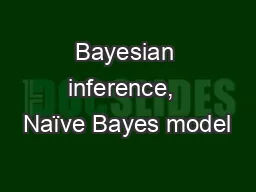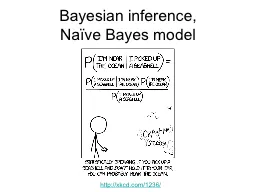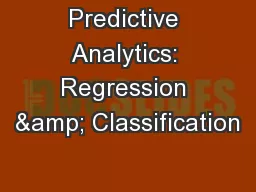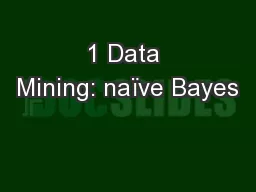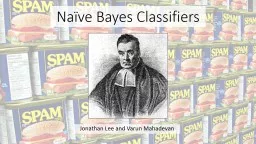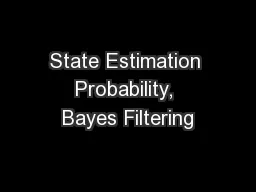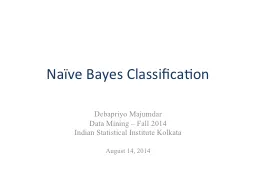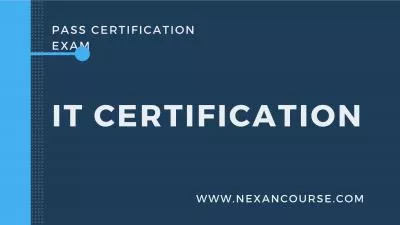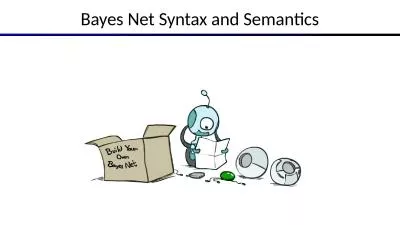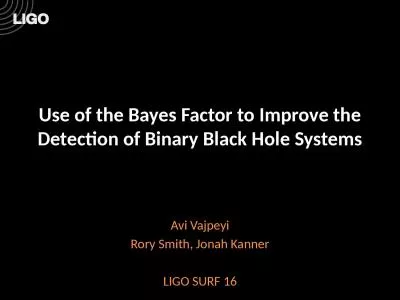PPT-Classification on high octane (1): Naïve Bayes (hopefully,
Author : jane-oiler | Published Date : 2016-11-23
Hadoop COSC 526 Class 3 Arvind Ramanathan Computational Science amp Engineering Division Oak Ridge National Laboratory Oak Ridge Ph 8655767266 Email ramanathanaornlgov
Presentation Embed Code
Download Presentation
Download Presentation The PPT/PDF document "Classification on high octane (1): Naïv..." is the property of its rightful owner. Permission is granted to download and print the materials on this website for personal, non-commercial use only, and to display it on your personal computer provided you do not modify the materials and that you retain all copyright notices contained in the materials. By downloading content from our website, you accept the terms of this agreement.
Classification on high octane (1): Naïve Bayes (hopefully,: Transcript
Download Rules Of Document
"Classification on high octane (1): Naïve Bayes (hopefully,"The content belongs to its owner. You may download and print it for personal use, without modification, and keep all copyright notices. By downloading, you agree to these terms.
Related Documents




